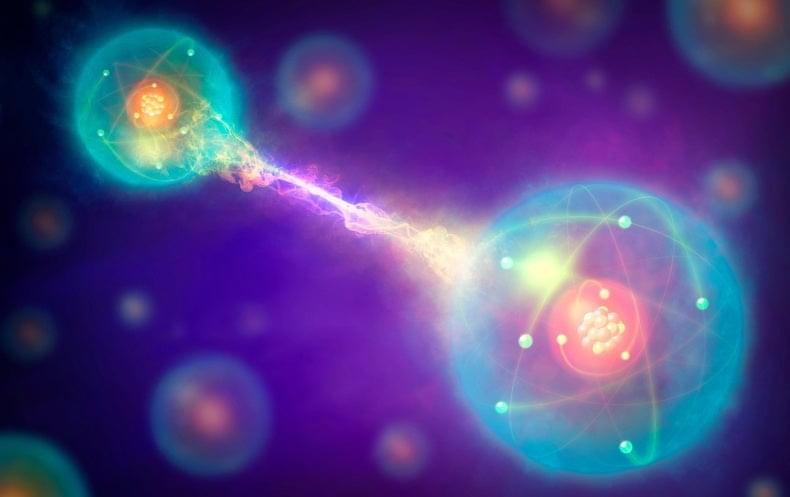Losing as little as 6–7 minutes per day to sedentary behavior or low-intensity activities has been linked to a decline in cognitive function, according to recent research.
The daily time spent in moderate and intense physical activity is linked to mid-life brain power, according to new research published in the Journal of Epidemiology & Community Health.
The results indicate that the optimal level for working memory and mental tasks, such as planning and organization, is at this intensity level. Replacing it with just 6–7 minutes of light-intensity activities or sedentary behavior per day is linked to decreased cognitive performance.









